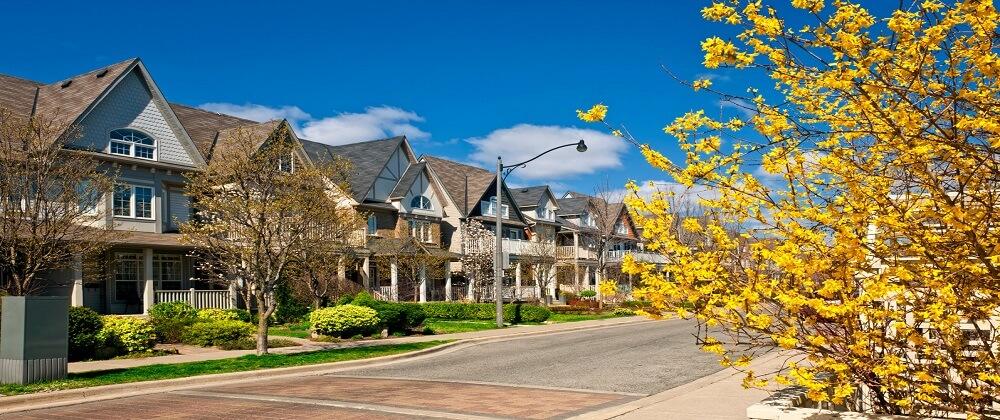
Second Home to Primary Residence: What You Need to Know
By: ROS Team
Are you thinking about converting your second home into your primary residence? Whether you’re looking to relocate to a new area, be closer to family and friends, or simply want a change of pace, the process of converting a second home to a primary residence can be complex.
From understanding the legal and tax implications to preparing the property for full-time living and making necessary financial arrangements, there are many things to consider before making the move.
In this blog post, we’ll take a closer look at what you need to know about converting a second home to a primary residence and provide you with the information and resources you need to make an informed decision.
Reasons Why Homeowners May Choose To Do So?
There are many reasons why homeowners may choose to convert their second home into their primary residence. Some may want to move to a new area, be closer to family or friends, or simply want a change of pace.
Others may have retired or have the opportunity to work remotely and therefore have the flexibility to live anywhere. Additionally, some may want to take advantage of the equity they have built up in their second home and use it to purchase a new primary residence.

How to Convert your Second Home to Primary Residence?
Follow these steps to make your second home a primary residence:
1. Research and Understand the Legal and Tax Implications
Before converting a second home to a primary residence, it’s important to research and understands the legal and tax implications.
This includes researching any zoning laws or building codes that may apply and consulting with a tax professional to understand any tax benefits or deductions that may be available.
2. Prepare the Property for Full-Time Living
This step involves making any necessary renovations or updates to the property. This can include updating the plumbing and electrical systems, installing new flooring or windows, and making any necessary repairs or upgrades to the roof or foundation.
3. Make Necessary Financial Arrangements
This step involves securing financing, if necessary, and budgeting for the costs of the conversion process. This can include obtaining a mortgage or home equity loan, and budgeting for any necessary renovations or updates.
4. Obtain Necessary Permits and Approvals
Before making any changes to the property, it’s important to obtain any necessary permits and approvals from local authorities.
5. Move in and Establish Residency
Once the property is ready, and all necessary approvals are in place, it’s time to move in and establish residency. This can include setting up utility services, forwarding mail, and getting to know the local area and community.
6. Review and Update your Insurance Policy
Make sure to review and update your insurance policy to reflect the change in usage of the property, this can include changes to the liability coverage and additional coverage for the contents.
7. Notify the Relevant Authorities and Update your Documents
Notify the relevant authorities of the change of residence, such as the post office and voter registration, and update your driver’s license, passport, and other documents to reflect the new address.
8. Seek Professional Advice
Seek professional advice before making any decision to convert your second home into a primary residence, this can be from a tax advisor, real estate attorney, or financial advisor.
Can a Second Home Be Considered a Primary Residence?
A second home can be considered a primary residence if the homeowner intends to make it their permanent home and establishes residency there.
This can include living in the property for the majority of the year, registering to vote at the address, and updating legal documents such as a driver’s license or passport to reflect the new address.

However, it’s important to note that the definition of a primary residence can vary depending on the laws and regulations of the area and the intent of the homeowner.
For example, for tax purposes, the IRS considers a primary residence as the home where the taxpayer has the “closer connection” and uses it for most of the year.
Therefore, it’s important to research and understands the laws and regulations in the area and consults with a professional before making any changes.
Can You Have Two Primary Residences?
It is generally not possible to have two primary residences, as the term “primary residence” typically refers to the home where a person lives the majority of the time and has their permanent residence.
However, in some cases, people may have two homes that they live in for significant periods of time and consider both to be their primary residence.
For example, some people may have a home in one location for most of the year and a vacation home that they consider to be their primary residence for a portion of the year.
In such cases, it’s important to research and understands the laws and regulations in the area and consults with a professional to understand the tax implications and other legal considerations before making any changes.
Final Thoughts
Converting a second home to a primary residence can be a complex process that involves many considerations. From understanding the legal and tax implications to preparing the property for full-time living and making necessary financial arrangements, there are many things to think about before making a move.
It’s important to weigh the pros and cons and seek professional advice to ensure that the transition is as smooth as possible.
Related Article:
Second Home Tax Benefits You Should Know
How to Buy a Second Home and Rent the First
Second Homes vs Investment Properties
Top Questions to Ask About Second Story Additions



